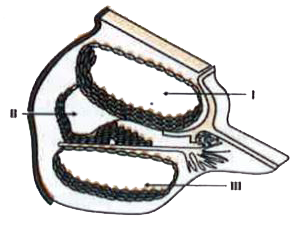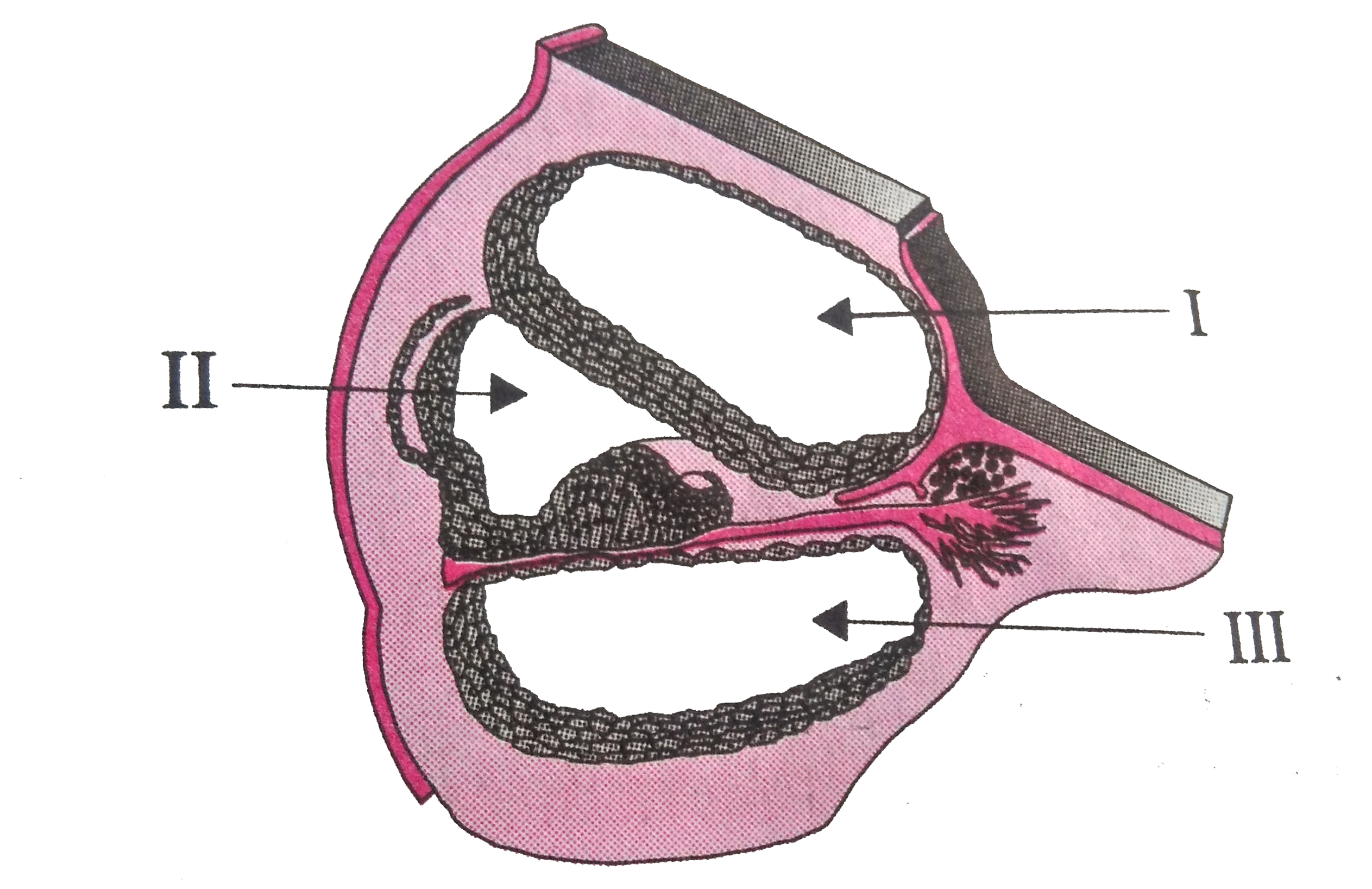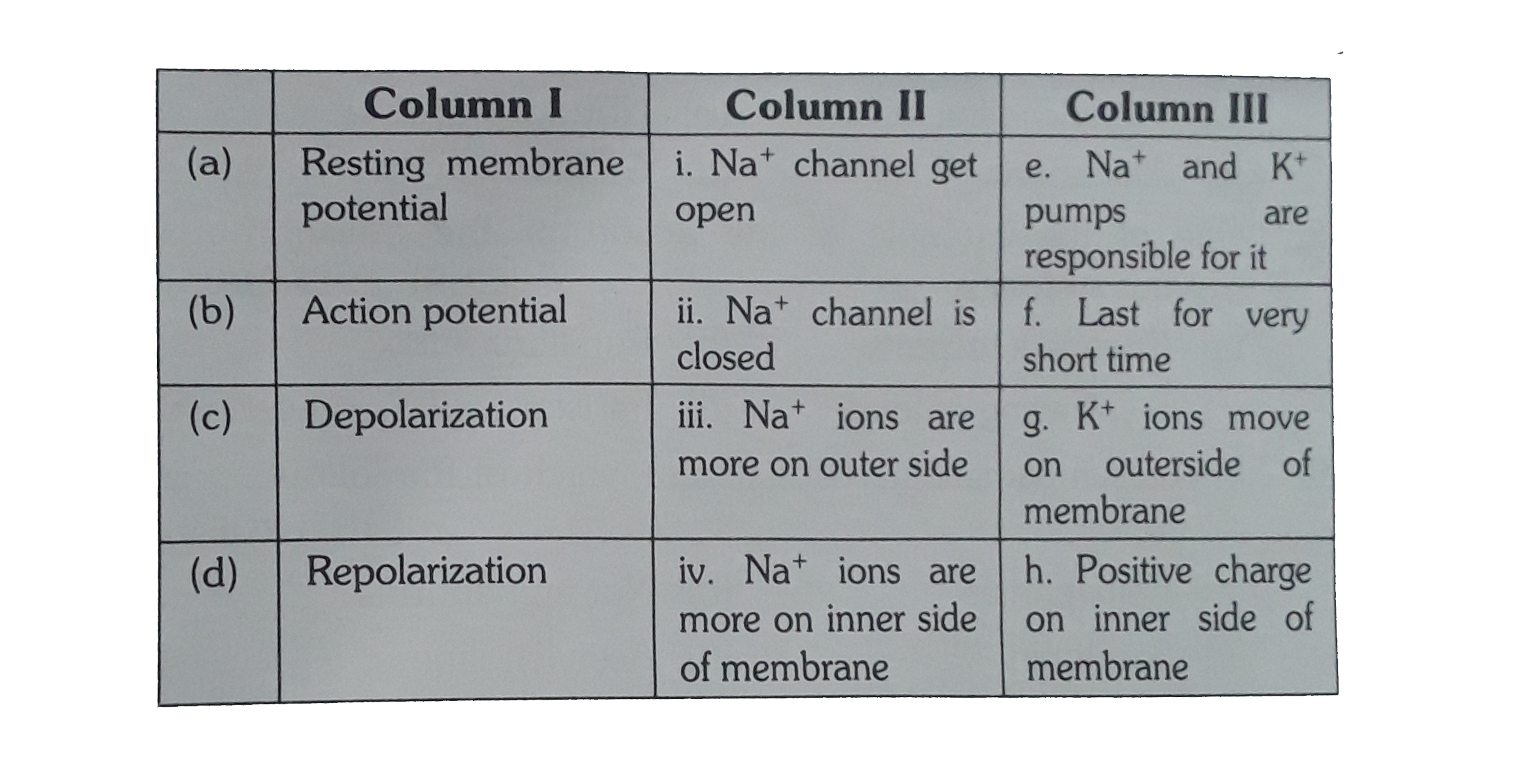A few polymers are randomly grouped together as :
Group I : Rayon, acrylic, nylon, jute
Group II : PVC, melamine, teflon
Group III : Polycot, terrywool, acrylic
Select the odd one out in group I, II and III on the basis of some common property.
IIIIIIRayonTeflonTerrywool
IIIIIINylonTeflonAcrylic
IIIIIIJuteMelamineTerrywool
IIIIIIJuteMelamineAcrylic
The correct Answer is:D
To solve the question of identifying the odd one out in each of the three groups based on a common property, we can follow these steps:
Step 1: Analyze Group I
Group I: Rayon, acrylic, nylon, jute
- Rayon, acrylic, and nylon are all synthetic fibers.
- Jute is a natural fiber.
Odd one out: Jute (because it is the only natural fiber).
Step 2: Analyze Group II
Group II: PVC, melamine, Teflon
- PVC (Polyvinyl Chloride) and Teflon (Polytetrafluoroethylene) are both thermoplastics, which means they can be reshaped when heated.
- Melamine is a thermosetting plastic, which means it cannot be reshaped once it has been set.
Odd one out: Melamine (because it is the only thermosetting plastic).
Step 3: Analyze Group III
Group III: Polycot, terrywool, acrylic
- Polycot and terrywool are blended fibers, which are made by combining different types of fibers to enhance properties.
- Acrylic is a synthetic fiber but not a blended fiber.
Odd one out: Acrylic (because it is not a blended fiber).
Final Summary of Odd Ones Out
- Group I: Jute
- Group II: Melamine
- Group III: Acrylic
Group I: Rayon, acrylic, nylon, jute
- Jute is a natural fiber.
Group II: PVC, melamine, Teflon
- Melamine is a thermosetting plastic, which means it cannot be reshaped once it has been set.
Group III: Polycot, terrywool, acrylic
- Acrylic is a synthetic fiber but not a blended fiber.
- Group I: Jute
- Group II: Melamine
- Group III: Acrylic
Topper's Solved these Questions
Similar Questions
Group I filtrate is made moderately acidic before proceeding to group II. Expain.
View SolutionOut of 1000 students 658 failed in the aggregate, 166 in the aggregate and in group-1 434 in aggregate and in group-II, 372 in group-I Find out how many failed in all the three. te and in group-II, 372 in group-I, 590 in group-II and 126 in both the groups.
View Solution
Knowledge Check
Various substances around us are grouped as follows:
Group I : Book, copper, aluminium, gold
Group II : Cotton ball, silk cloth, sponge, silver spoon.
Group III : Paper, petrol, CNG, lemonade Identify the odd-one out in each group and its property which makes it odd.AGroup IGroup II Group IIIAluminiumSilver spoonPaper(Non - lustrous)(Hard)(Solid)BGroup IGroup II Group IIIBook (Non - lustrous)Silver spoon(Metaalic)CNG(Gas)CGroup IGroup II Group IIIGold(Noble-metal)Cotton ball (Soft)Lemonade(Liquid)DGroup IGroup II Group IIIBook(Noble-metal)Silver spoon (Hard)Lemonade(Incombustilbe)Select the correct identification group of labelled part I, II, III
 AI-Scala vestibuli, II-Scala media, III-Scala tympaniBI- Scala vestibuli, II- Scala typmpani, III - Scala mediaCI- Scala tympani, II- Scala media, III - Scala vestibuleDI- Scala media, II- Scala tympani, III - Scala vestibuli
AI-Scala vestibuli, II-Scala media, III-Scala tympaniBI- Scala vestibuli, II- Scala typmpani, III - Scala mediaCI- Scala tympani, II- Scala media, III - Scala vestibuleDI- Scala media, II- Scala tympani, III - Scala vestibuliIII Common III Select the word which means the same as the group of words given. III End III
A person who draws or produces mapsAlexicographerBchoreographerCcartographerDcalligrapher
Commonly used synthetic fabrics are
I. Rayon
II. Nylon
III. Polyester
IV. Acrylic
View SolutionSelect the correct identification group of labelled parts I,II,III

View SolutionWhat are steps to be done before adding group-III reagent into the group-II filtrate?
View SolutionWhich option is correct for the correctly matched groups for the column I, Column II and Column III

View SolutionOn moving down the group (in II A) following property increases except one :-
View Solution
